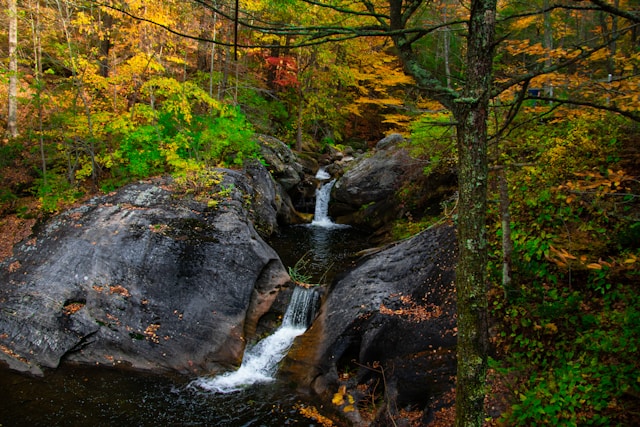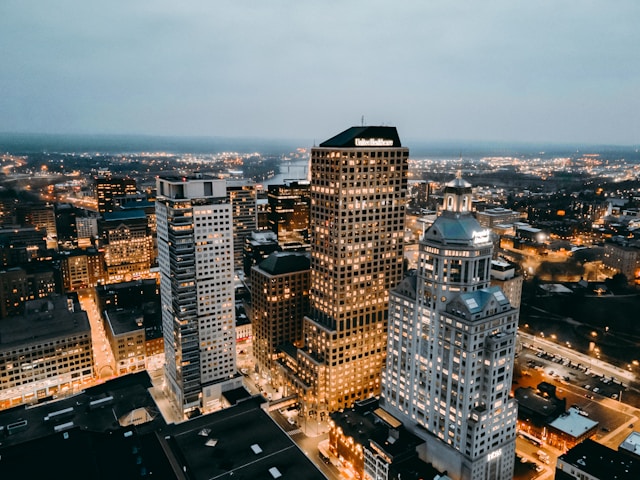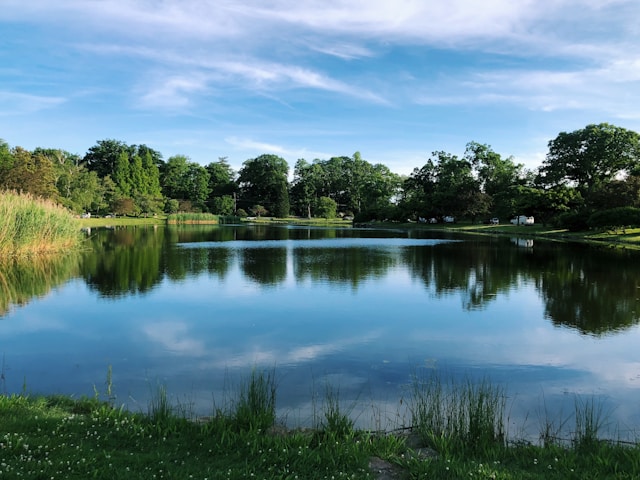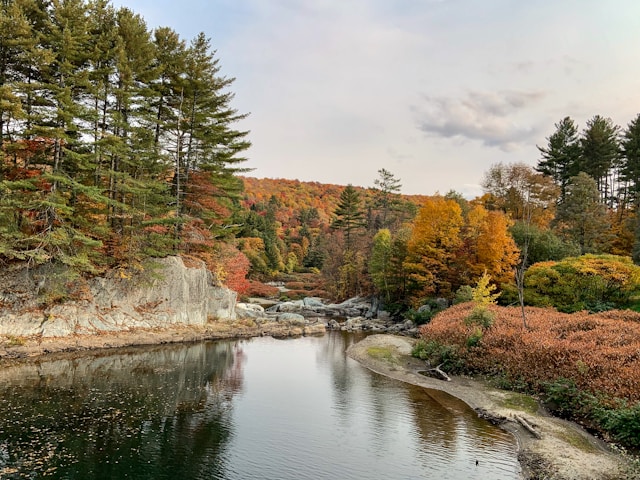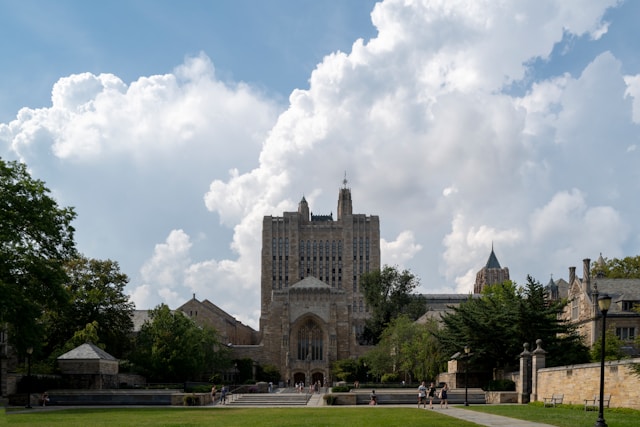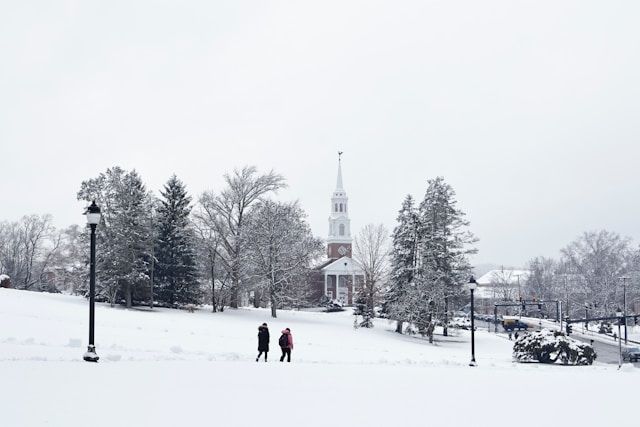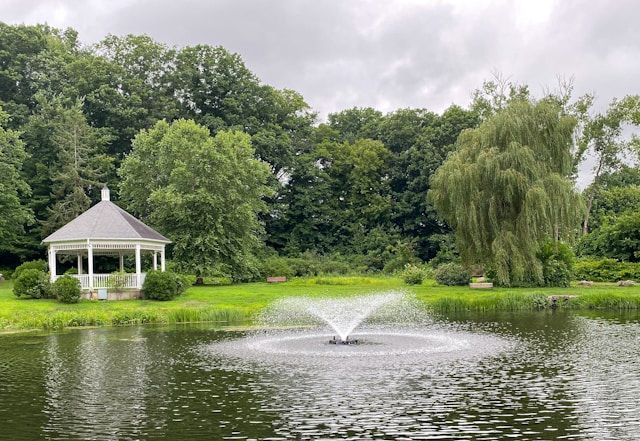Nestled in the rolling hills of Washington, Connecticut, the Institute for American Indian Studies (IAIS) stands as a beacon of cultural preservation and education. Founded in 1974 as the American Indian Archaeological Institute, this remarkable museum and research center is dedicated to preserving and sharing the rich culture and history of Native American peoples, with a particular focus on the Indigenous communities of the Northeastern Woodlands. The organization later changed its name in 1991 to better reflect its expanded mission beyond archaeology to include broader educational initiatives about Native American cultures.
The IAIS offers visitors a truly immersive experience through its diverse exhibits and educational programs. Walking through the museum, guests can explore a replica Algonkian village, wander nature trails showcasing plants traditionally used by native peoples, and view authentic artifacts that tell the story of Indigenous life in the region. The institute serves as both a cultural time capsule and a living educational resource for those seeking to understand the complex and vibrant heritage of Native Americans.
Get a discount of 15% to 70% on accommodation in Connecticut! Look for deals here:
Connecticut Hotels, Apartments, B&Bs
Beyond its role as a museum, the IAIS functions as an active research center committed to the preservation and resurgence of Indigenous knowledge and traditions. Located just a short drive from major Connecticut cities, this hidden gem invites visitors to step back in time while gaining a deeper appreciation for the original inhabitants of the land. The institute’s commitment to accurate representation and cultural respect makes it an essential destination for anyone interested in American history, anthropology, or Indigenous cultures.
Founding and Development
The Institute for American Indian Studies (IAIS) in Washington, Connecticut evolved from humble beginnings into a significant cultural and educational center dedicated to preserving Native American heritage. Its establishment and growth represents an important milestone in the recognition of indigenous cultures in the Northeast.
Establishment of IAIS
The Institute for American Indian Studies was originally founded in 1975 as the American Indian Archaeological Institute. The organization began with a clear mission to document, preserve, and educate the public about Native American cultures, with a particular focus on the indigenous peoples of the Northeastern Woodlands.
The founding team recognized the need for a dedicated research center that could properly study and honor the rich heritage of Native Americans in Connecticut and surrounding regions. Early supporters included local community members, archaeologists, and Native American representatives who saw value in creating a space devoted to indigenous history.
Initial funding came from private donations and grants, allowing the institute to begin its important work of cultural preservation and education. The founders established the organization with a dual purpose of academic research and public education.
Museum Inauguration and Growth
The IAIS museum opened its doors to the public in the late 1970s, giving visitors access to authentic Native American artifacts and educational exhibits. The museum quickly became a regional destination for those interested in indigenous history and culture.
Over the decades, the museum expanded its facilities to include a replica Algonkian village, nature trails, and a garden showcasing plants traditionally used by Native peoples. These outdoor exhibits provide visitors with an immersive experience of historical Native American life.
The institute’s growth included developing comprehensive educational programs for schools, establishing workshops on traditional crafts, and hosting cultural events that celebrate Native American heritage. Special exhibitions rotate throughout the year, ensuring repeat visitors always discover something new.
Contributions to Archaeological Research
The institute’s Research and Collections Department has conducted numerous archaeological excavations at significant sites throughout Connecticut and the Northeast. These digs have uncovered valuable artifacts that provide insights into pre-colonial Native American life.
Archaeologists affiliated with IAIS have documented settlement patterns, tool-making techniques, and cultural practices of indigenous communities dating back thousands of years. Their findings have challenged previous assumptions and enriched our understanding of Native American history.
The institute maintains a comprehensive archive of archaeological artifacts, field notes, and research publications. These collections serve as an invaluable resource for scholars, Native American communities seeking to reconnect with their heritage, and the general public interested in authentic indigenous history.
Cultural Preservation and Education
The Institute for American Indian Studies (IAIS) in Washington, CT stands as a vital center for preserving Native American heritage through various educational initiatives and authentic cultural representations. Its work emphasizes the importance of Indigenous perspectives and knowledge in understanding the rich history of the region’s first inhabitants.
Exhibition of Artifacts and Traditions
The IAIS museum houses an impressive collection of cultural artifacts that showcase the craftsmanship and daily life of Indigenous peoples from the Northeast Woodlands. Visitors can explore meticulously preserved items including pottery, clothing, tools, and ceremonial objects that tell the story of Native American cultures spanning thousands of years.
A highlight of the museum is the outdoor replica Algonkian village, which offers an immersive experience into traditional Indigenous living. The village features authentic wigwams and longhouses constructed using traditional methods and materials.
The museum also presents exhibits on traditional dances and ceremonies, including the significant Green Corn Festival that celebrates harvest and renewal among many Native communities. These exhibitions are designed to foster respect and appreciation for Indigenous traditions and their continued relevance today.
Educational Programs and Workshops
The IAIS delivers engaging educational experiences that reach thousands of visitors annually. Programs are tailored for different age groups, with special attention to K-12 students who benefit from field trips that complement classroom learning about Native American history.
Hands-on workshops teach traditional skills such as:
- Flint knapping
- Pottery making
- Basket weaving
- Native food preparation
- Plant identification and traditional uses
Indigenous-Led Initiatives
The IAIS places strong emphasis on Indigenous-led education that centers authentic perspectives rather than outsider interpretations. This approach represents a shift toward decolonial histories that acknowledge Native peoples as active participants in contemporary society rather than historical artifacts.
Cultural revitalization efforts at the institute include partnerships with local Indigenous communities to document oral histories, language preservation, and traditional ecological knowledge. These collaborations ensure that Native voices remain central to how their stories are told.
The institute regularly hosts Indigenous scholars, artists, and community leaders who share their expertise through lectures, demonstrations, and cultural performances. These events create meaningful connections between Native and non-Native visitors while supporting the resurgence of Indigenous knowledge and lifeways.
Get a discount of 15% to 70% on accommodation in Connecticut! Look for deals here:
Connecticut Hotels, Apartments, B&Bs

